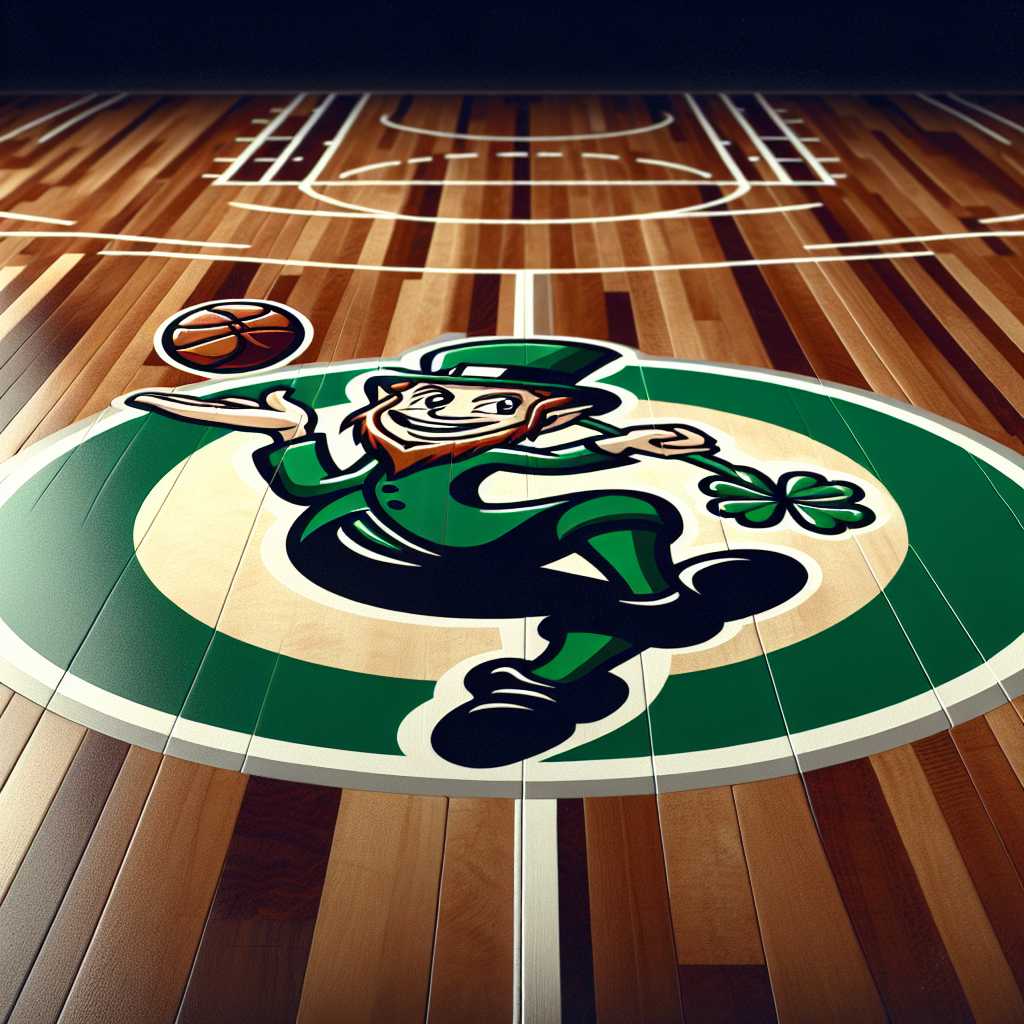Understanding the Legacy of the Boston Celtics: A Storied Franchise in the NBA
The Boston Celtics, an American professional basketball team based in Boston, Massachusetts, are a celebrated franchise within the National Basketball Association (NBA). Established in 1946, the Celtics have a rich history marked by great success, distinctive playing styles, and numerous hall-of-fame players.
The Beginnings and Rise to Prominence
The Boston Celtics joined the Basketball Association of America (BAA) in 1946. Merging with the National Basketball League (NBL) in 1949, the BAA became what is known now as the NBA. It was during the late 1950s and throughout the 1960s that the Celtics truly rose to fame under the guidance of Coach Red Auerbach. Emphasizing team play and defense, they executed with a level of synergy and fluidity that has not been seen in professional basketball before.
The Golden Era: Championship Dominance
Known as a team synonymous with winning, the Celtics hold an unmatched record from their golden era in which they secured eight consecutive championships between 1959 to 1966. Under Auerbach’s tenure and with players like Bill Russell and Bob Cousy leading on the court, the Celtics became a dynasty, harnessing a total of 11 championships in 13 seasons – a display of dominance that is still unparalleled in any of America’s major sports leagues.
Rebirth and Rivalries in the 1980s
During the 1980s, the Celtics rekindled their championship legacy fortified by legends like Larry Bird, Kevin McHale, and Robert Parish – a storied trio known collectively as “The Big Three.” Their most notable rivalry was with the Los Angeles Lakers, led by Magic Johnson. The intense competition between these two franchises not only revitalized fan interest in the NBA but also laid grounds for some of the most iconic moments in basketball history.
The Transitional Years: New Challanges and Triumphs
Following their successful run in the 1980s, the Celtics faced challenging periods filled with rebuilding efforts. However, a resurgence ignited by acquiring defensive stalwart Kevin Garnett and sharpshooter Ray Allen alongside franchise mainstay Paul Pierce saw the Celtics clinch another title in 2008. This trio reinvigorated the ethos of “Celtic Pride” – exemplifying teamwork, grit, and passion.
Modern Era: Cultivating Talent and New Directions
In recent years, under Coach Brad Stevens (2013-2021) and his successor Ime Udoka (since 2021), Boston has been focusing on cultivating young talent like Jayson Tatum and Jaylen Brown. The modern-cloud Celtics have employed a blend of traditional robust defense following their roots with a dynamic offense to face new challenges as they seek to increase their championship tally further in an ever-evolving NBA landscape.
Facets for the Future
Looking ahead, model stability appears set for continuance with investments in player development and astute personnel decisions as hallmarks of their strategy. Also, with a passionate fanbase backing them, the Celtics are not far from achieving their ultimate goal – reclaiming the NBA title yet again.
Cultural Impact and Influence
The Boston Celtics have become more than just a basketball team; they are part of American culture. Films such as “Celtic Pride,” books detailing their historic relevance, and merchandise globally underscore this influence. Additionally, their distinctive green-and-white merchandise remains an enduring symbol recognized worldwide.
Notes
Image description: The iconic green and white Boston Celtics logo emblazoned on shiny maple wood basketball court at TD Garden — home arena for the storied franchise. The logo consists of a leprechaunterenuity man spinning a basketball on his finger, encapsulating both ethnicultural Irish influences predominant inexistent hiboston messaging and peoples reminicontalcc basketball tradition upon which the team stands.

